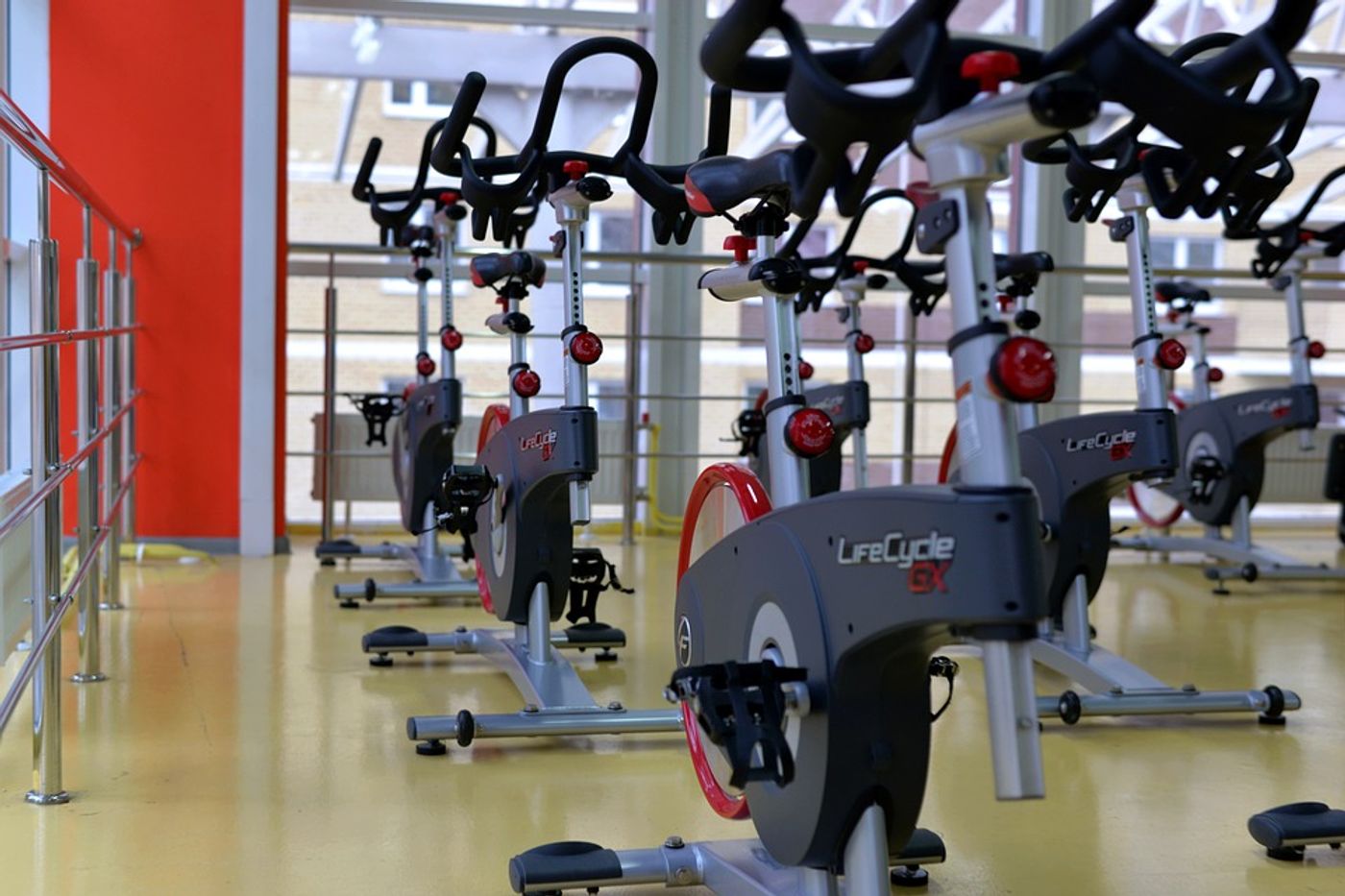How Is Cardiovascular Rehabilitation Failing Woman
For woman across North America, cardiovascular disease (CVD) remains a leading cause of death. Evidence strongly suggests that CVD risk factors such as poor mental health, diabetes, hypertension, and physical inactivity have a greater impact on the health of woman. These factors lead to a higher risk of acute myocardial infarction (MI) in woman in comparison to men.
Unfortunately, women who experience a cardiovascular event are more likely than men to die in the following year. Women are also less likely to engage in recommended fitness routines following a heart event than men, despite their well-documented reduction in heart event recurrence.
Despite inadequate risk control, woman still receive less robust clinical interventions for their CVD management. Although regular exercise is one of the most effective methods for controlling CVD risk factors, these interventional shortcomings extend to exercise-based therapies. In comparison to men, women who participate in cardiovascular rehab are more often obese, have hypertension, diabetes mellitus, sedentary lifestyle, and depression.
Chronic exercise is the only known method for enhancing cardiorespiratory fitness, which maintains a close relationship with cardiovascular prognosis. Furthermore, a patient's engagement in fitness programming is a significant predictor of mortality following a cardiovascular event.
Although the benefits of exercise are widely recognized for their use in cardiovascular rehab, this life-saving programming remains underutilized in all populations and even more so in woman. Both men and women achieve similar health improvements from cardiovascular rehab, but these approaches are taken by woman less often.
Even when offered fitness programming, women are less likely than men to enroll. This statistic does not change when women are offered gender-exclusive training. How is it that cardiovascular rehab is failing woman? One way is through exercise prescription that lacks creativity.
Currently, guidelines for cardiac rehab recommends moderate to vigorous intensity continuous exercise (MICE). The benefits of this type of exercise for managing cardiovascular conditions are well documented. Unfortunately, healthcare providers find it challenging to ensure CVD patients achieve the recommended 150 minutes of fitness activity per week.
Some of the limitations to MICE that have been reported include it’s being perceived as less motivating or enjoyable. Many patients find they don’t have the time to commit to long workout sessions. Often patients report frustration with MICE programming as they feel it is boring and not sufficiently challenging.
Given that patients do not enjoy standard rehabilitation programs, alternative exercise therapies must be explored to improve enrollment and adherence. It would be more likely that patients would continue an exercise program if it were something they looked forward to.
One fitness modality that continues to receive heightened attention is high-intensity interval training (HIIT). This safe, time-saving method for reducing CVD risks is appropriate for patients with heart failure and coronary artery disease.
HIIT is a series of high-intensity bursts of exercise alternating with short breaks or lower-intensity active recovery. Recovery periods allow the exerciser to log more minutes of high-intensity exercise throughout the workout then would be possible if the high-intensity component was continuous.
Evidence suggests that clients find it more enjoyable. Additionally, because of the shorter timeframe required, HIIT fits more easily into a busy schedule.
Unfortunately, many of the studies done on HIIT in CVD patients has neglected to include female test subjects. Male subjects greatly outnumber female subjects and only one study focused on women exclusively.
In conclusion, the failure of medicine to include women in cardiac rehabilitation, as well as related studies, is one that must be corrected. More investigations into the effects of cardiac rehabilitation for everyone, particularly woman, is a necessary step towards improved health outcomes. Researchers would be advantageous to include women participants in their studies moving forward for the betterment of medicine for all.
Sources: Circulation Research, The American College of Cardiology













